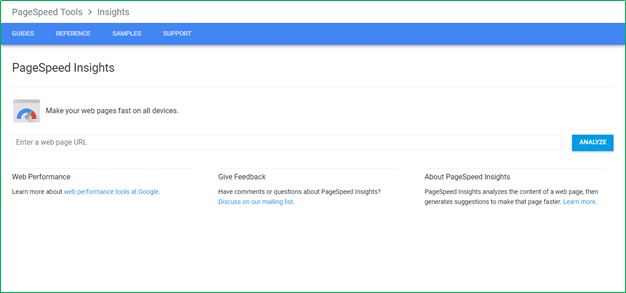Overview
It was not so long ago that having a mobile website put you ahead of the game for search engine optimisation. After all, few sites had any mobile options that the ones who did received much more attention. As mobile usage continues to change, so does Google. That is why Google’s mobile first index launches in 2018.
To help you prepare for this change, we wanted to review what Google’s mobile first index is. Then how you can prepare your website for the change.
What does “mobile first index” mean?
Close to 60% of Google searches now happen on mobile devices. This massive shift from desktop to mobile devices affects how Google looks at their search engine. If more the majority of users now access Google search via their mobile devices it makes sense for the search engine to look for mobile or responsive sites before they look at traditional (desktop) website pages.
As Google’s Webmaster Trends Analyst, Gary Illyes stated at this year’s SMX Advanced conference, “don’t freak out about the change to a mobile-first index…We want to communicate a lot with publishers about the mobile-first index, and not let them get surprised by it.”
That being said, Google has not come out with a full plan for how mobile first indexing will look because as Illyes stated they, are “probably many quarters away” from launching. The company will probably not look to roll out the entire index until at least 2018.
This begs the question, why should we worry about a mobile first index? The answer is that while the index is not out, Google still takes a look at whether your website is mobile-friendly now when a user looks at your website on a mobile device.
If Google plans on getting more progressive with their mobile index, you want to prepare before the change happens.
Then you can reap the largest rewards from having a mobile-friendly website that is ready for whatever mobile first algorithm changes Google produces.
3 Steps to Prepare for the Mobile First Index
1. Responsive Website
One of the challenges Google has right now is they are not sure how to develop the index with less content. Because mobile sites tend to have less content and fewer links to index, it becomes a problem for a search engine that prided itself on content and links to determine authority for the past two decades.
The easiest solution that we discussed in 6 Steps to Mobile Domination is to make your site mobile-friendly. That is because most responsive websites create content for the desktop to all use on mobile and tablet devices.
2. Mobile Usability
Before we keep going, lets also take a step back. The biggest question you probably have is whether your website is currently mobile friendly. That is why we wrote a recent article on 14 Mobile Usability Tools for your website.
Here are a few tools you can use to prepare you for the mobile first index.
Google Mobile-Friendly Test- This easy to use test ensures your site is set up for mobile traffic. Since the test comes from Google, you should use it to examine what they see on your website. Whether you agree with them on the results or not, remember this is how the search engine sees your website when they index it.
W3C mobileOK Checker– Another free mobile-friendliness tool with multiple options to determine the website’s mobile interface readiness.
CrossBrowserTesting– See how your website looks on 1500 plus real desktop and mobile browsers. Use this site to see how your site looks on iPhone, iPad, Android, and other platforms. Prices for this tool vary based on the number of users accessing the system and the number of test minutes used to explore the viability of the site on the different platforms.
3. Page Speed
Google has always craved fast loading websites. This is even more important with mobile websites. It is one of the reasons they launched Google AMP year. Google AMP is a mobile template for websites to use to ensure they had the fastest loading mobile websites.
In fact, Google AMP pages can load in half a second. Comparatively, the average mobile site takes 8 seconds to load. To put this in perspective, a recent study demonstrated how a 1 second difference in speed affects conversion rate by 27%.
Find out how fast your mobile site loads by testing it on Google Page Speed Insights. Then follow their recommendations to improve your page speed.

Final Thoughts
Start preparing for the mobile first algorithm changes from Google with the insights we discussed above. Since the Google mobile first index is coming soon, the strategies we use have real, long-term advantages to your search engine optimisation strategy.
If you still have questions about the mobile first index contact our team for a free consultation.

